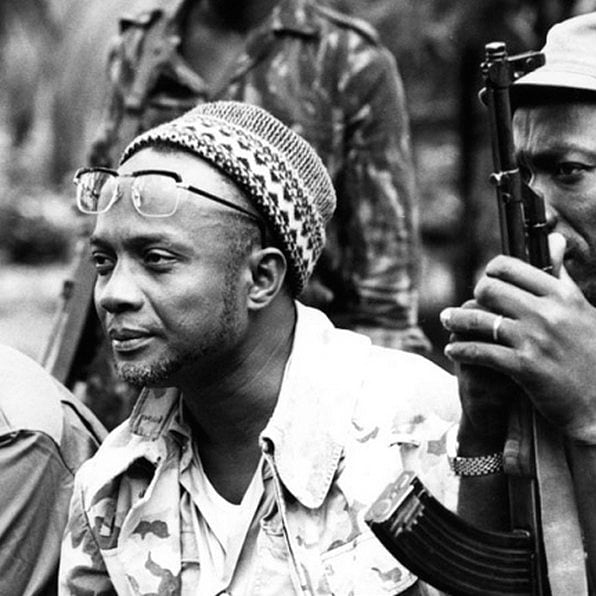Thread!!!
It is interesting to note that Reverend Gordon’s protest was met with dismay by the editors of The New York Times who had first published about Benga.
To quote The Guardian, “The editorial said it was absurd to imagine Benga’s suffering or humiliation.”
How does the New York Times of 1906 stand in comparison to the New York Times of 2019?
These pictures are part of the performance the white media has subjected black bodies to. While victims of Charlie Hebdo, knife attacks in London & even the
The pictorial standards @nytimes uses for reporting these crises in Africa is overwhelmingly different from those applied in reporting the same
While the New York Times is the main focus of this conversation, the larger
Hopefully #KOT will sustain the pressure to get the New York Times to pull down those pictures.
Thank you for joining us! Hit the follow button.











